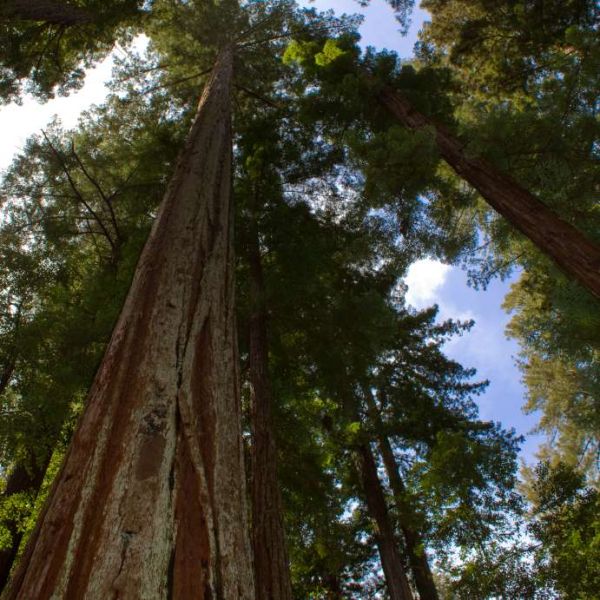Coast Redwood Seeds (Sequoia Sempervirens)
Coast Redwood Seeds (Sequoia Sempervirens)
Resists well to insects and fires. Used in joinery.

Delivery
All orders shipped with UPS Express.
Always free shipping for orders over US $250.
All orders are shipped with a UPS tracking number.
Returns
Items returned within 14 days of their original shipment date in same as new condition will be eligible for a full refund or store credit.
Refunds will be charged back to the original form of payment used for purchase.
Customer is responsible for shipping charges when making returns and shipping/handling fees of original purchase is non-refundable.
All sale items are final purchases.
Help
Give us a shout if you have any other questions and/or concerns.
Email: contact@domain.com
Phone: +1 (23) 456 789
Availability: In stock
SKU
Sequoia Sempervirens
Coast Redwood Seeds – Grow the World's Tallest Tree
Sequoia sempervirens, commonly known as the Coast Redwood, is the tallest tree species on Earth, native to the foggy coastal regions of California and Oregon. These magnificent evergreens can live for over 2,000 years and reach heights of more than 100 meters (328 feet), making them a true natural wonder.
A Fast-Growing and Resilient Giant
Coast Redwoods are known for their rapid growth and adaptability. They thrive in mild, humid climates with well-draining soil and ample moisture. Their thick, reddish bark provides natural fire resistance, and their dense foliage creates stunning landscapes and valuable habitats for wildlife.
How to Grow Coast Redwood from Seeds
To successfully germinate Coast Redwood seeds, stratification is recommended. Store the seeds in a moist, cold environment (around 4°C or 40°F) for several weeks before planting. Once sown in nutrient-rich soil, keep them consistently moist and provide bright, indirect light for optimal growth.
| Common name | Coast Redwood |
|---|---|
| Species | Sequoia sempervirens |
| Germination | Before sowing, you need to cold stratify the seeds for about 3 months. Then lay the seed on top of the moist compost, pressing it firmly so that it makes perfect contact with the soil. Do not push them down too hard. Keep the compost at 20øC, and under reduced light. But be aware! The seeds are quite susceptible to drought. You can put a glass plate or some plastic foil over the pot, but you have to be careful not to kill them by making things too wet. Small germinated sequoias die rather easy because of over-watering. It's a very sad thing to see a baby sequoias wither away! Sequoia sempervirens seeds will usually germinate in 7-60 days, but even under good conditions germination may be erratic. Don't think things will not work out: patience is a virtue! |
| Scarification / Stratification | This will break their dormancy. It creates a cold and moist environment for the seeds. Mixed in seeds with slightly moistened vermiculite or peat, only damp in a ziplock bag. Close zip bag shut and store it in the salad crisper compartment of your refrigerator. If any seeds begin to sprout during the cold stratification, simply remove the seed and plant. |
| Price View | Price Range |

